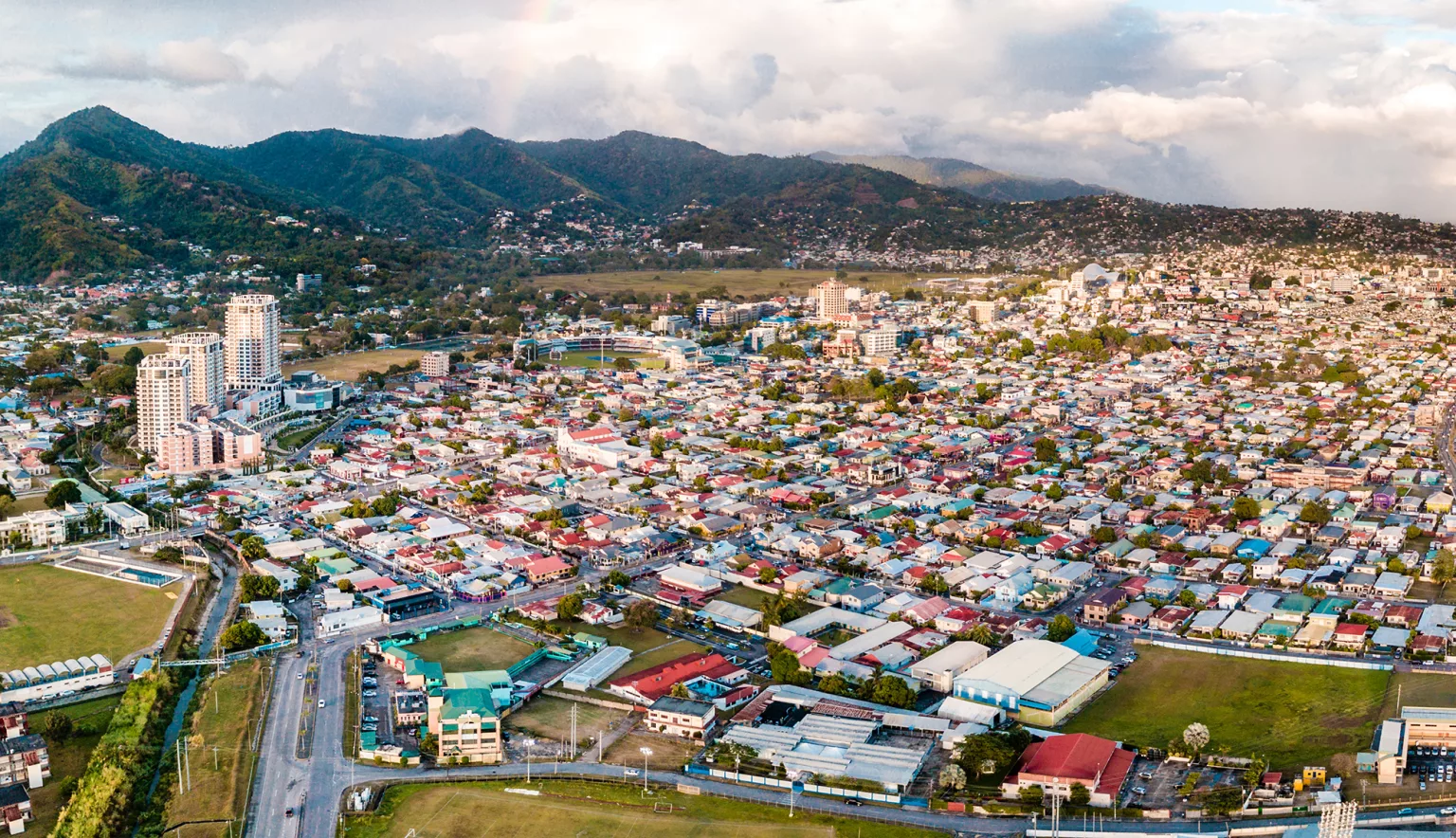- Margaret McDowall
- Jan 23, 2024
- 1 min read
The Magnificent Seven, a row of colonial-era buildings in Trinidad, are architectural treasures that required a delicate balance between preservation and modern relevance. In this conservation project, my focus was on maintaining the historical integrity of these buildings while making them suitable for contemporary use.
The planning process began with in-depth historical research to understand each building's architectural and cultural significance. Collaborating with architects, historians, and conservationists, we developed a restoration plan that respected the original designs while incorporating modern safety and accessibility features.

One of the key successes of this project was our ability to create a synergy between the old and the new. This not only preserved the buildings' historical charm but also ensured they remained functional and relevant in today's urban landscape. The conservation of the Magnificent Seven stands as a model for how historical landmarks can be revitalized while retaining their cultural essence.










